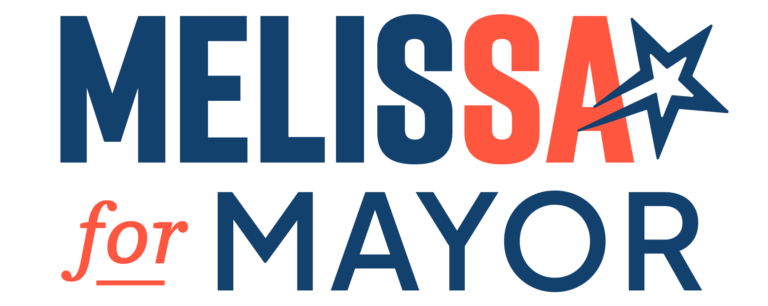

Let’s create Opportunities here at home
Growing Equity:
Housing, Food Security, and Resilience
San Antonio is one of the fastest-growing cities in the country. As our population expands, so does the pressure on our housing supply, infrastructure, and public health systems.
We envision a fiscally responsible, community-centered San Antonio where thoughtful land use strategies expand affordable housing, strengthen food security, support adults with disabilities, and create resilient infrastructure—so no one is left behind.

Key Challenges Identified
1. Housing Affordability Is Out of Reach for Too Many
- Nearly 50% of San Antonio renters are cost-burdened, spending over 30% of their income on housing.
- Essential workers—teachers, firefighters, home healthcare workers—are increasingly priced out of the neighborhoods they serve.
- Rising land values and speculative development are fueling displacement and eroding community roots.
2. Housing Instability Among Veterans and Seniors
San Antonio’s pride as Military City USA is built on the service and sacrifice of our veterans. Honoring that legacy means tackling today’s challenges — from affordable housing to healthcare access — and ensuring our veterans have the dignity, support, and opportunity they deserve.
- Veterans and seniors on fixed incomes are being priced out of long-time neighborhoods.
- Mental health challenges, aging, and medical needs exacerbate housing instability.
- More than 50% of San Antonio’s veteran population is over 55, many at risk of falling into homelessness without intervention.
3. Limited Accessible Housing for Adults with Disabilities
Many adults with disabilities in San Antonio rely on fixed incomes, including federal SSI or SSDI benefits, which often fall far below the region’s average rent. For these individuals, even housing labeled “affordable” is frequently out of reach without deep subsidy or additional services.
- Over 11% of San Antonians live with a disability, yet deeply affordable and ADA-compliant housing is scarce.
- Opportunity Home’s waitlist for accessible units spans several years.
- Many individuals live in unsafe or informal housing because accessible units with features like ramps, rails, roll-in showers, and accessible kitchens are rarely available or affordable.
4. Persistent Food Insecurity, Climate Vulnerability and Infrastructure Strain
- Entire neighborhoods, especially on the West and South Sides, lack access to affordable, nutritious food.
- Food deserts contribute to poor health outcomes, educational challenges, and economic instability.
- San Antonio ranks among the hottest cities in the U.S., with heat island effects disproportionately harming low-income communities.
- Outdated infrastructure worsens flooding, air quality, and resilience gaps.

Policy Solutions
This plan puts forward a coordinated, cross-sector strategy focused on housing, food security, disability inclusion, and climate resilience—all grounded in dignity and public investment.

Housing for All:
Deep Affordability + Accessibility
- Require 20% of units at less than 60% AMI in all publicly supported developments.
- Incentivize units at <30% AMI through density bonuses and permit reductions.
- Prioritize projects using Community Land Trusts, housing co-ops, or shared equity models.
- Establish an Accessibility Housing Fund to retrofit and subsidize deeply affordable, ADA-compliant homes.
- Mandate accessible design standards for all publicly incentivized developments, serving mobility, sensory, and cognitive disabilities.

Address Food Insecurity:
Grow Food Where We Live
- Require large new developments (5+ acres) to integrate 10% of land for food production (urban farms, rooftop gardens, edible landscaping).
- Incentivize nonprofits, co-ops, and community organizations to manage and distribute food locally.
- Support farmers-in-residence to promote food education and sustainability.
- Mandate that all new parking facilities over 50 spaces:
- Cover 20% of surface with vegetation.
- Include bioswales, rain gardens, or permeable pavers.
- Achieve 40% tree canopy coverage or solar shading within 15 years.
- Focus implementation in historically heat-vulnerable districts like 2, 3, and 5.

Cool the City:
Build Resilient Green Infrastructure
Key Features
& Benefits
- Early Intervention: Addresses displacement and homelessness before crises occur.
- Integrated Care: Builds affordable, accessible housing tied to food access, health, and public safety.
- Cross-Sector Collaboration: Maximizes existing local expertise by aligning nonprofits, city departments, and the private sector.
- Protects public health and lowers long-term infrastructure costs. Protects public health and lowers long-term infrastructure costs.
- Data-Driven Accountability: Tracks real progress through a Growing Equity Dashboard, measuring affordable units built, food produced, heat reduction, and accessibility outcomes.
San Antonio’s growth should not mean growing inequality.
With the right leadership and policies, we can build a city that is not only bigger—but fairer, healthier, and more resilient.
This plan is about creating neighborhoods where every San Antonian—whether a child aging out of foster care, a veteran returning home, a senior aging in place, or an adult living with a disability—has a real chance to thrive.
We don’t just invest in buildings:
We invest in people.
We invest in our future.
We invest in San Antonio.
- Your Priorities
Join us as we build a city where everyone thrives.
By providing your mobile phone number, you agree to receive occasional messages regarding important upcoming dates, events, and ways you can support our campaign.